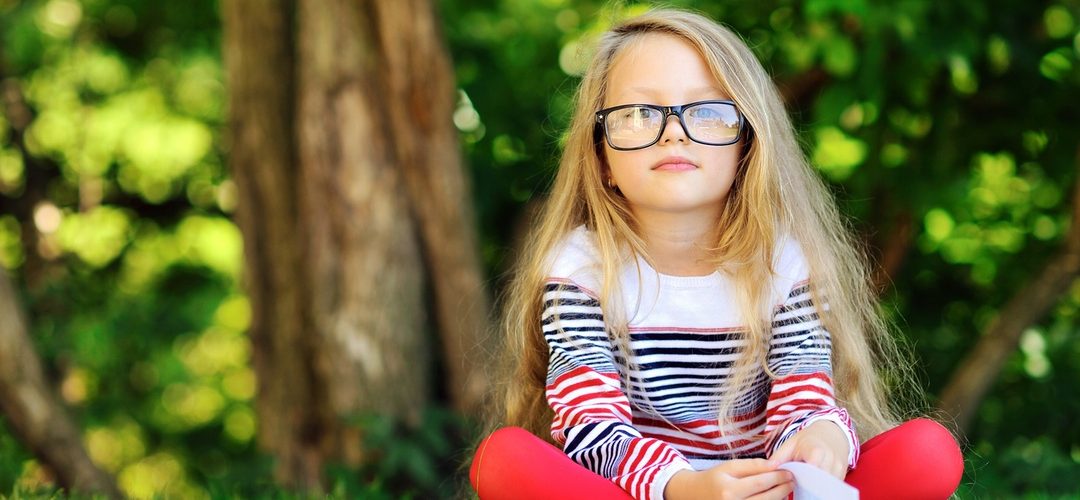Early childhood is one of the most crucial times in a child’s development, as the foundation of their knowledge and understanding of the world are formed here. It is around this time that any issues that may hinder their development should be discovered and treated, and poor vision is one of the most simple to detect and manage.
When should I take my child for an eye exam?
There are three crucial points in a child’s development where comprehensive eye exams are important:
- 6 Months old
- 3 Years old
- 5-6 Years old
Eye examinations around these ages allow for any problems with your child’s vision that might develop to be detected early on and correctly managed.
Our school already gave them an eye exam, isn’t that enough?
Depending on your child’s school, the examinations taken might not cover enough problems to detect something serious.
It’s crucial that, alongside these school eye tests, that you have one at a local Optometrist, for all of the ages listed above.
What are some of the issues that undetected sight problems might bring?
Children won’t always aware that they have different sight from others, they will just assume everyone sees the world as they do, especially if problems form at a very young age. This can lead to problems such as:
- Nearsightedness/Farsightedness
- Poor Peripheral Vision
- Poor Hand-Eye Coordination
- Inability to read/understand text clearly
- Failure to maintain eye contact
As well as these, undetected sight issues may massively impact the beginning of their learning experience, setting them back at a young age. Because of this, proper eye exams are vital during a child’s development.




